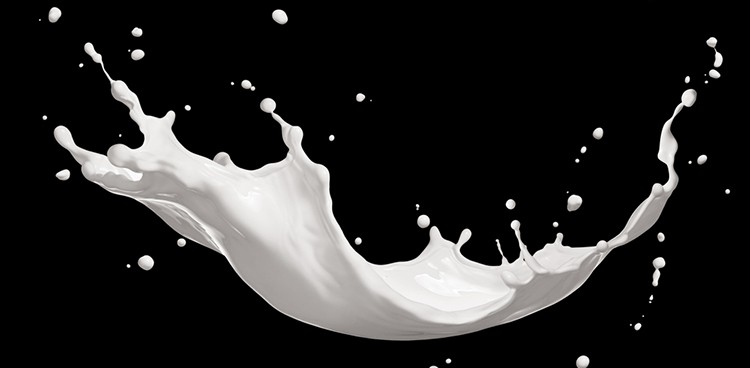
I’m going to be honest. When I hear the phrase “supply and demand,” my eyes glaze over. It’s probably the English major in me. But working in the restaurant industry has forced me to pay attention to dairy pricing fast.
Which leads me to recent developments on the milk and cheese fronts. Vermont and Nova Scotia are currently grappling with a milk surplus because demand is simply not keeping pace with the supply. Both regions are addressing the problem with unprecedented dumping of excess skim milk.
The Dairy Farmers of Nova Scotia is the Canadian province’s marketing board, which administers a dairy production quota, buys all the milk from Nova Scotian dairy farmers, and then sells it to dairy milk processors or the boards of other provinces. This past year, the DFNS raised the milk quota by 6.5% in order to meet increasing demand for butter and cream. To put it in more concrete terms, this translates into two to three thousand liters of milk a day! Well, the increase met the demand… and then some—leaving behind an ocean of skim milk, most of which will be disposed of in manure pits, some of which will be dried and processed for animal feed.
Vermont dairy cooperatives are faced with the same dilemma. While much of the excess milk can be used to make cheese and non-perishable dairy products, that still leaves somewhere in the neighborhood of hundreds of thousands of gallons of skim behind! And if you are wondering if some food banks could benefit from the surplus, it turns out that storage and distribution can pose too many problems to make this a practical solution at this point for organizations like the Vermont Food Bank.
So-called milk lakes, butter mountains, and price volatility also plagued Europe in the 1970s and early 1980s. As a result, the European Union imposed strict milk quotas, levies, and subsidies to stabilize dairy prices. However, these quotas were allowed to lapse just this spring in an effort to boost production and compete in world markets, specifically in Asian and African sectors.
What does this mean for cheese? All signs point to increased production of commodity milk products, from industrial-scale cheese to artisanal American originals. So all right, consumers—let’s drive demand to the cheeses we want to eat!
Feature Photo Credit: “milk… isolated on black bachground” by ifong | Shutterstock



